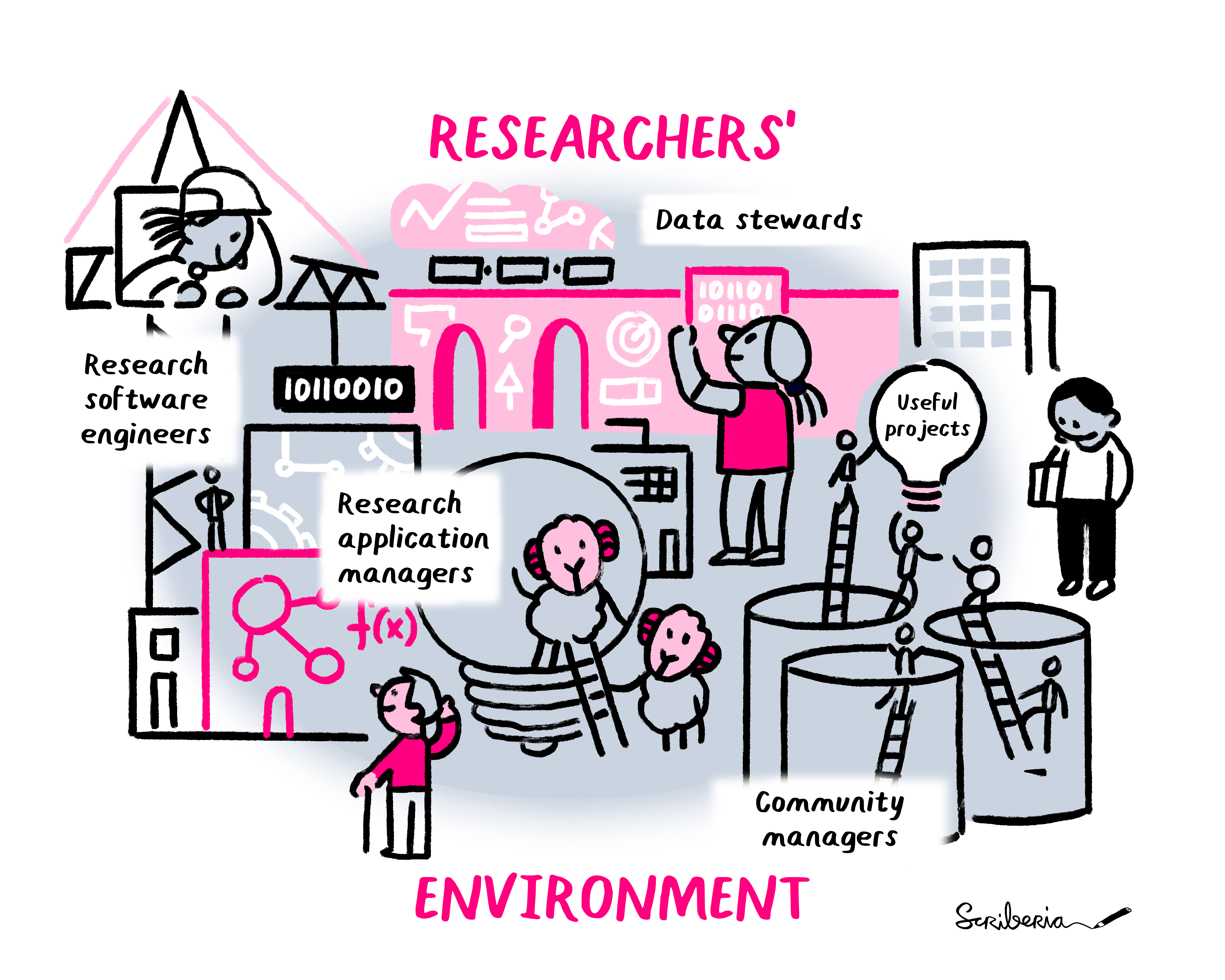
Figure 1:The Turing Way project illustration by Scriberia. Used under a CC-BY 4.0 licence. DOI: The Turing Way Community & Scriberia (2024).
Successful research and scientific collaborations rarely occur without individuals, or teams, taking on the work of structuring participants’ interactions, facilitating work, and supporting the impact of the project. These people may be either volunteers or paid, depending on a project’s funding, size, length, and number of organisations involved.
These are called research infrastructure roles because they provide specialised skills, expertise and services required for effectively carrying out and delivering high-quality research.
Historically, some of these roles were seen as merely ‘research support’ roles, however, there has been a growing recognition that these are a crucial part of research teams, and often a significant proportion of these roles require research expertise. The specifics of these roles will vary but can include handling administrative work, managing data storage, stakeholder engagement, community management, communications, software engineering, events coordination, and a lot more.
People performing these types of roles have varied professional experience and backgrounds, but will often have some research experience, although not necessarily in the field they are now working in.
Prerequisites¶
There are no prerequisites for this chapter.
Summary¶
This chapter of the Turing Way covers examples of different research infrastructure roles, their importance in promoting collaboration, ethical research, and reproducibility, and additional resources to find out more about them.
We invite anyone who works in a research infrastructure role to share their experiences as a case study.
Motivation and Background¶
Without research infrastructure roles, a lot of projects would never succeed! But this work is often hidden and not visible in academia, where papers and citations are the primary “reputation currency” and the system is very focused on promoting those in “traditional” academic careers. The motivation for writing this chapter and providing examples of the type of work that goes into research infrastructure is to make this hidden labour visible to a wider audience and highlight just how critical these aspects of research are for any community or project.
Other initiatives such as the Software Sustainability Institute, the Center for Scientific Collaboration & Community Engagement, and the Hidden REF, are all contributing to the growing recognition of the importance of these roles for research.
Examples of Research Infrastructure Roles¶
This initial list of examples of Research Infrastructure Roles that has been expanded as part of The Turing Way Hackathon Workshop at the Big Team Science conference 2022.
Community manager
Project manager
Research software engineer
Research application manager
Programme manager
Data steward
Data wrangler
Research infrastructure developer
Partnerships development manager
Grant application manager
Community engagement lead
Librarian
Communications manager
Events manager
Participatory research manager
- The Turing Way Community, & Scriberia. (2024). Illustrations from The Turing Way: Shared under CC-BY 4.0 for reuse. Zenodo. 10.5281/ZENODO.3332807